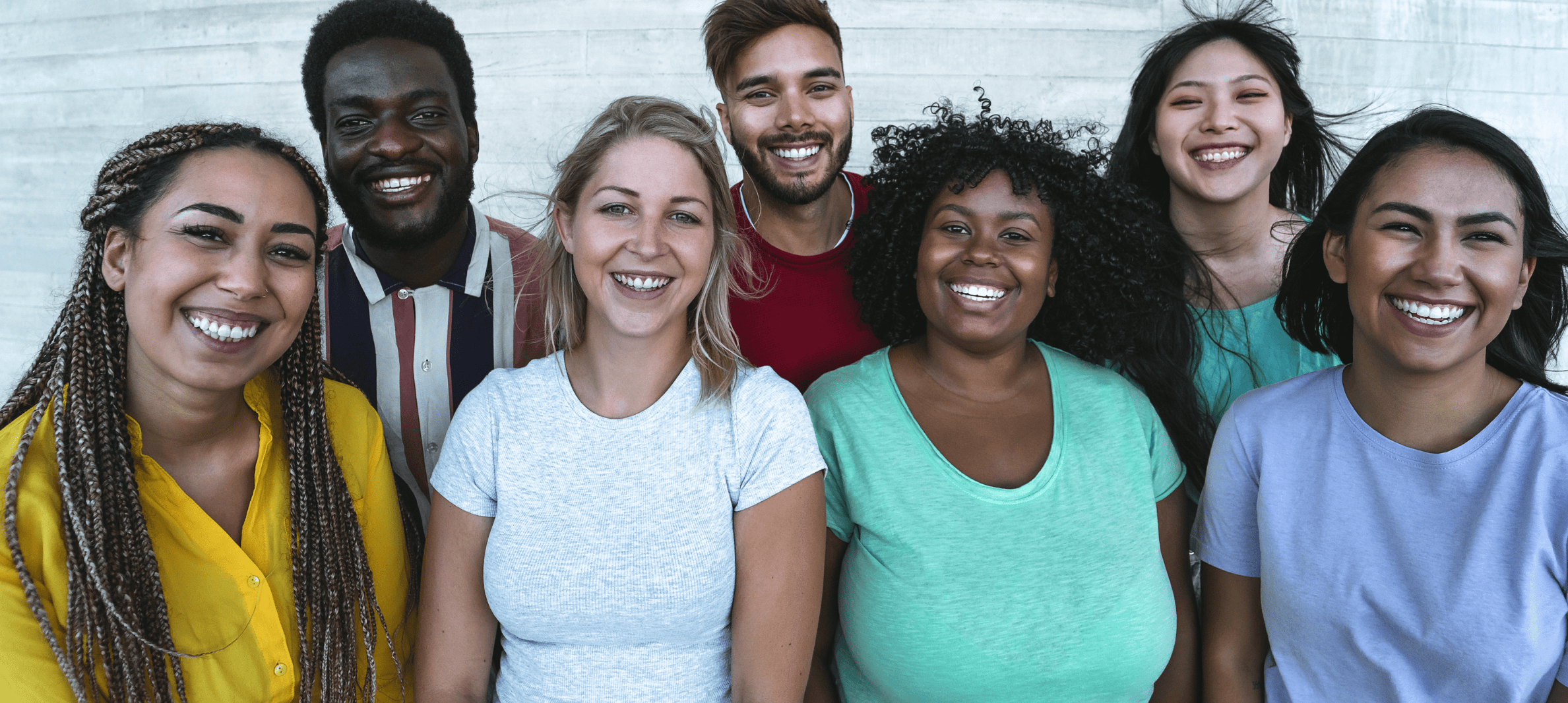As a teenager, I’d often be in a group with other girls when the subject of our bodies would come up. My friends traded anecdotes on which aspects of their body they loved least, and what was wrong with them. Because I didn’t chime in, most people assumed I had fantastic self-confidence.
I actually had severe body image issues—they were just caused by different things than my friends’ issues were. I’m queer, autistic, and physically disabled, all of which are aspects of my identity that are closely tied with my body image.
As a teenager, I had a lot of doubts about my gender identity and presentation. Did I want a more feminine look, or a more masculine one? I didn’t feel completely comfortable with my breasts and hips, and I knew I never wanted to be pregnant, although I’ve always wanted kids. At the time, I didn’t know a lot about non-binary gender identities, which is what I identify with now, after years of exploring. It was terrifying, because my concerns didn’t match my friends’ worries, and I wondered if something was wrong with me.
I’ve also always struggled with my body image because of my physical disability and being autistic. In elementary school, my physical differences were more profound. I struggled with walking, especially up staircases and in any situation with uneven ground (like a playground or campsite), and my balance and coordination were noticeably impaired. By the time I was a teenager, my physical disability was less visible, because I’d learned not to do things that made it more pronounced, like play sports or balance on one leg.
I still struggled with my body image. I didn’t want to use a mobility aid, like a cane, walker, or wheelchair, because I thought these aids would draw attention to my differences. I refused to play sports, and on the occasions when I was forced to for gym class, I often left the room crying because my performance was so awful (running from one base to another during baseball is hard enough with a mobility impairment, never mind with the pressure of your entire team cheering and watching). I didn’t want my friendships or my romantic relationships to constantly be overshadowed by my disability, so I did my best to hide it.
Being autistic hasn’t shaped my body image as profoundly as it has shaped my overall sense of self, but as an autistic person, there are certain foods I can’t tolerate because of my sensory issues. For example, I refuse to eat anything that has mayo on it, and I can’t even look at sour cream.
Since I’m a part of a few marginalized groups, I sometimes struggle with my body image. I’m now more visibly disabled, since I’m almost always using a mobility aid, but I’m reclaiming the idea that mobility aids can’t be cute, fun, or sexy. It’s difficult, because there still isn’t enough representation of young women with mobility aids in the media, and when there is, it’s usually a manual wheelchair, not a cane, walker, forearm crutches, or a power chair.
As a visibly marginalized person, I’m always aware of the way my body moves, how I take up space, and whether or not people are taking notice of me. But my disabilities, my queerness, and my gender identity are all a part of who I am, and they’re identities that I’ve come to be proud of. It’s a radical act, choosing to love my marginalized body, but it’s one that I’m committed to.
Alaina Leary is an editor, activist, and writer living in the Boston area. Her work has been published in Washington Post, Cosmopolitan, Teen Vogue, Boston Globe Magazine, Chicago Tribune, Seventeen, Marie Claire, The Rumpus, and more. When she’s not busy playing with words, she spends her time with her two literary cats and covering everything in glitter.






